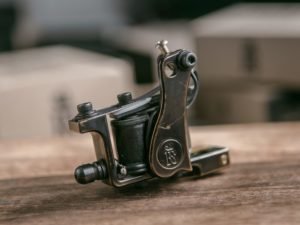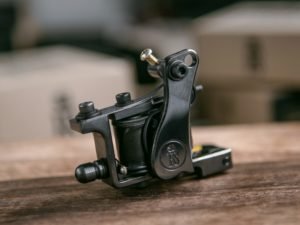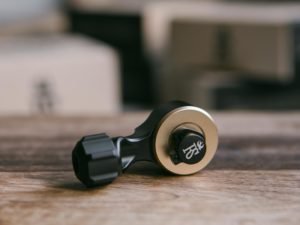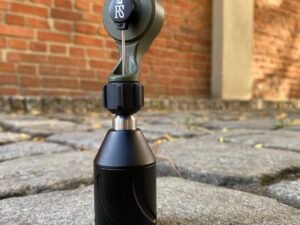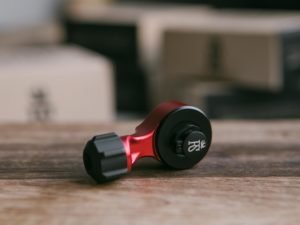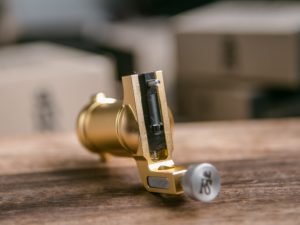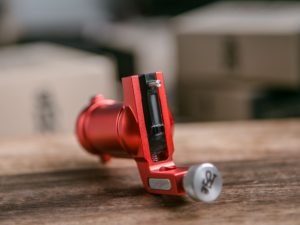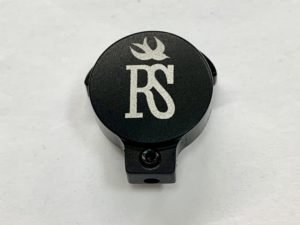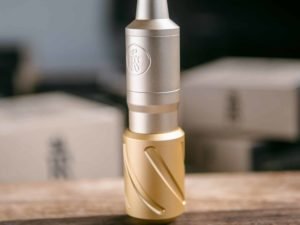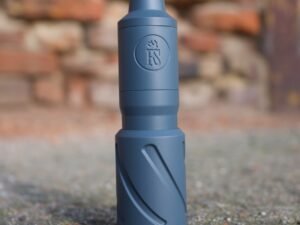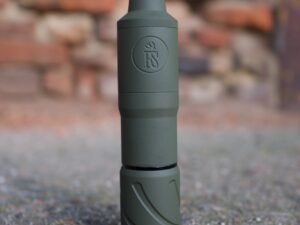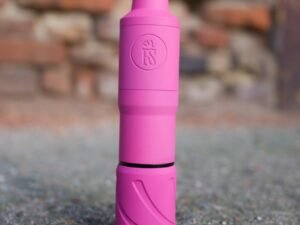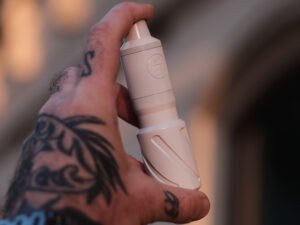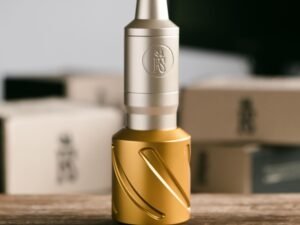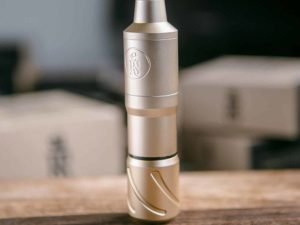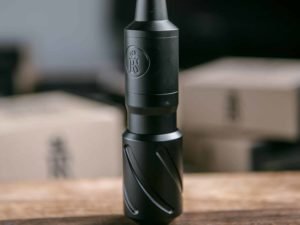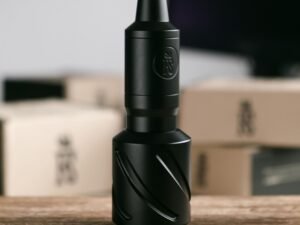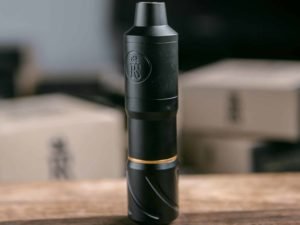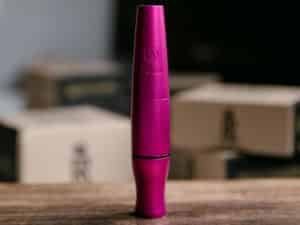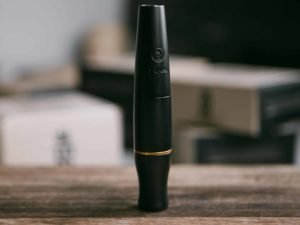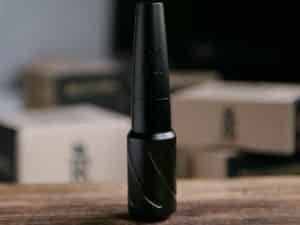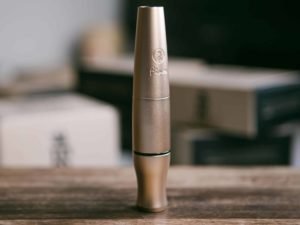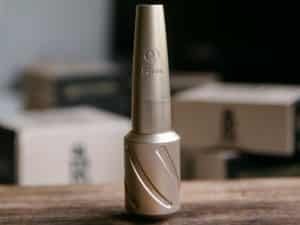tattoo machines
TATTOOING WITH THE COIL MACHINE
There are mainly two methods of Machine Tattooing: Rotary and Coil. The third and most recent method, Pneumatic Machine Tattooing, is yet to catch up in popularity. Both methods were independently invented in 1891, separated in time by just 20 days. Sam O’Reilly used Thomas Edison’s invention of the duplicating device he called the Stencil Pen, to create the first motorized electrical Rotary Machine. Following closely, but completely separately, Thomas Riley of London invented the first Coil Machine, adopting the single-coil design of a doorbell, mounting the whole assembly in a brass box. Another Londoner, Alfred Charles South, soon patented the two-coil design used to this day, but it was initially so heavy that it had to be suspended from the ceiling on springs to spare the poor Tattoo Artist. But in spite of these difficulties, the improved Coil Tattoo Machines now used is the most popular method in the world of tattooing.
Principle Of Operation
Tattoo Artists now swear by the Coil Machine. In principle, it basically seeks to duplicate the ancient pin and stick method of tap tattooing, which has come down from ancient times. The “hammer blows” are created by the two matched and spring-loaded electromagnetic coils which move an armature bar up and down by using A.C. (Alternating Current) to alternately energize the coils and create magnetic attraction in each coil by turn. This armature bar is attached to the multi-needle assembly, which then picks up the up-down movement, in order to tattoo the skin. This has remained the classical principle of the Coil Machine since the early days. Of course, this machine in its original form was so heavy that no normal Tattoo artist could bear the weight long enough to imprint a design of even medium complexity on the human skin. It had to be suspended from the ceiling by shock-absorbing springs to relieve the continuous strain on the Artist. Coil Machines are usually in wrapped twin coil form, varying between 8-10 wraps. It is these coils which allow the artist to control and regulate the lateral movement of the machine. Injecting ink into the skin is done quickly by the up and down movement of the Armature Bar.
Types
There are basically three types of Coil Machines depending on the intended application. The “Liner” is fast but does not go as deep as the two other types. The main purpose is to create clean and clear linework. This delineates the outline of the proposed work. Next, ‘Shaders’ apply the various color shades in different color gradients. In order to do this, Shaders have to add greater depth to the color areas. They have a much greater punch than Liners, with a longer throw, allowing the shades to be packed solidly and deeper into the epidermis. To achieve this effect, Shaders have a longer armature bar which can hit harder and deeper than the Liners. Lastly, comes in the Color Packing Treatment. This machine is similar, but not identical, to the Shader. This machine punches even harder than the Shader and can pack in the colors solidly. It also cuts deeper into the skin, to ensure long-lasting brightness of the tattoo. However, its limitation is in its application for shading and grey scaling the tattoo.
Some Benefits
Some of the immediate benefits of Coil Tattoo Machines are as follows:
- Coil Machines provide immediate feedback to the artist about whether the pressure is too high or too low. This regulation is very important to experienced artists.
- To the beginners, Coil Machines provide much more tactile and organic connection to the Client’s skin, and provides perfect ‘feel’ for the newcomer to improve his/her technique.
- Coil Machines are the most popular type of tattooing devices used at present.
- The weight factor gives the artist more control over the execution of the work.
- The greater weight and heavier punching also mean highly reduced completion time.
- Speed and power regulation in modern machines is at finger-tip control.
- Maintenance is easier for these machines as it is comparatively easier to change parts. A simple design of individual components means that, if necessary, the artist or his technical help is free to customize the design whenever required.
Disadvantages
Some of the drawbacks encountered are:
- Coil Machines suffer from high noise, which tends to drown out all other surrounding sounds.
- It is not easy to use for beginners, as it is heavy.
- Coil Machines need skilful artists to operate successfully.
- Coil Machines, while becoming significantly lighter and smaller, have not shown any great degree of innovation.
- Separate types of Coil Machines are used for operations of the work. Lining Machines start the job, Shading Machines fill the color and Color Packing Machines finish the job.

